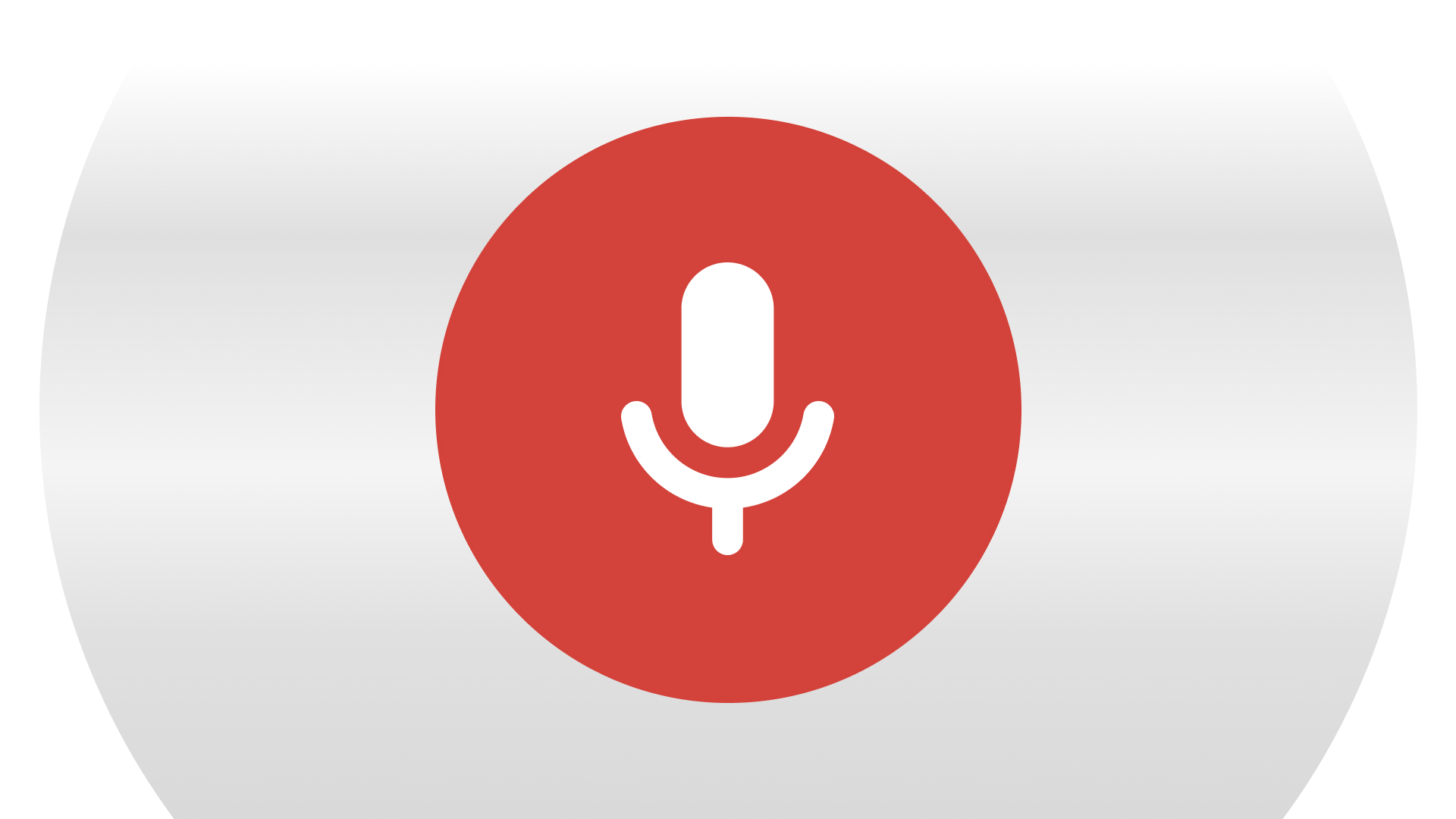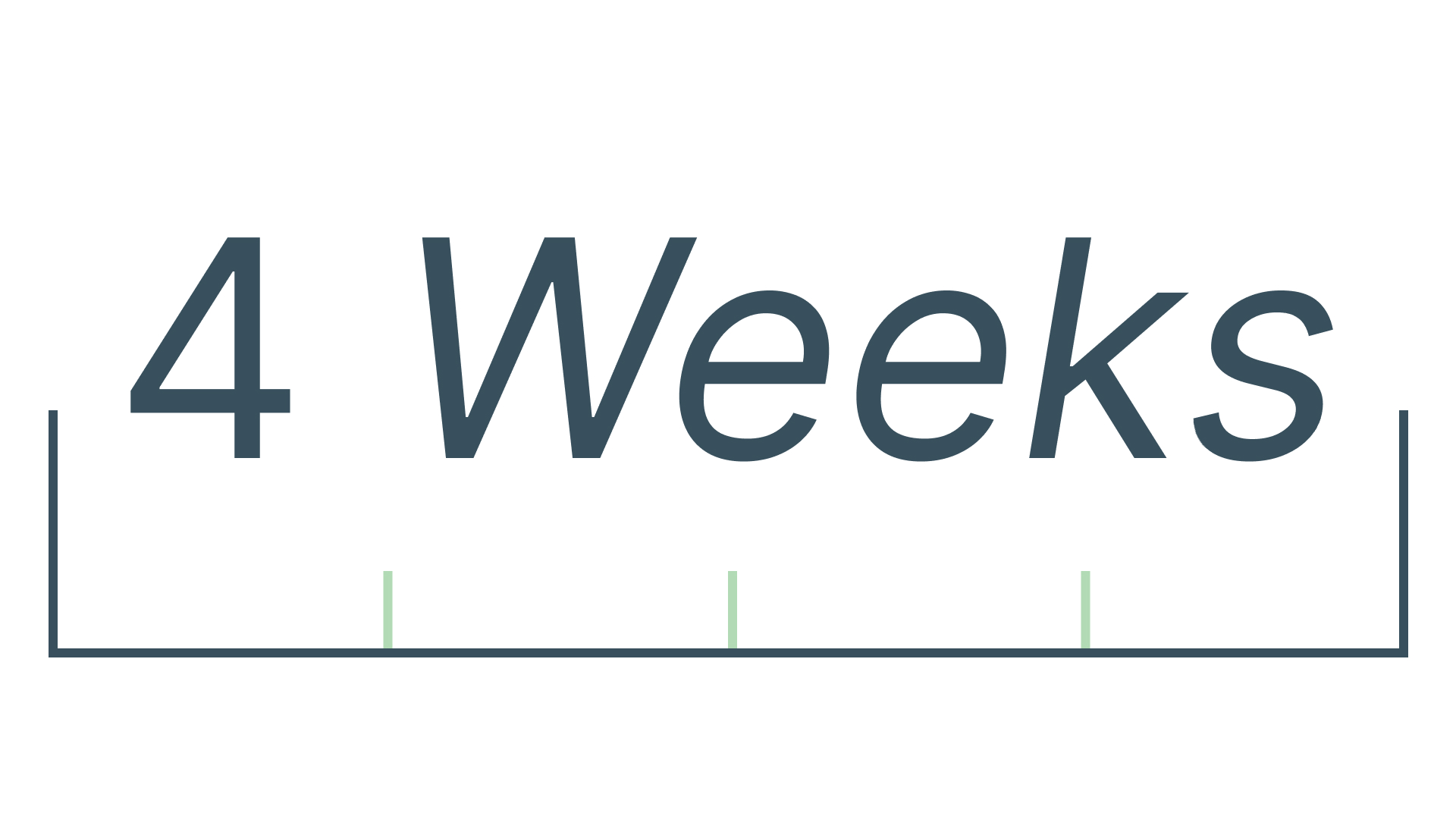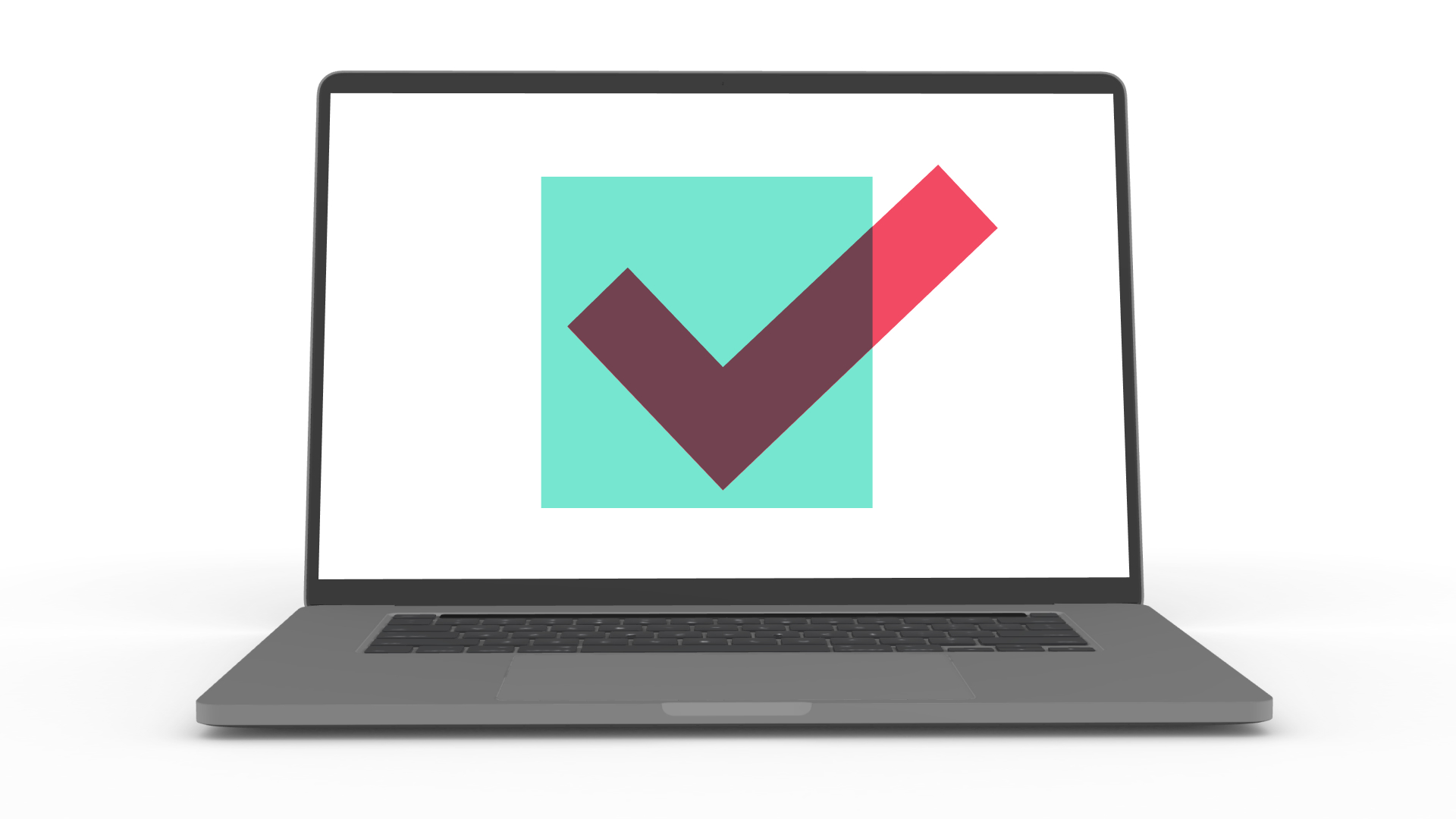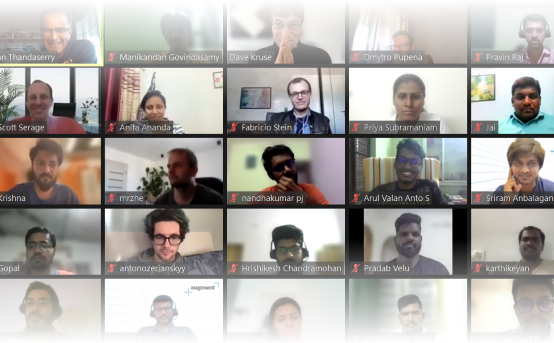Innovation and Design
In this post I talk about what I learned about innovation and design from a Flyover Labs interviewee, Mike LaVigne of Clue.
This is another post on innovation. This time the topic is design. What I’m talking about here is the actual design, the user interface, the user experience. I want to focus on the design of a mobile app.
I interviewed Mike LaVigne, co-Founder and Chief Product Officer, of Clue. Clue is a women’s fertility and health tracking app. The interview was awesome. At first I was surprised that a guy was designing the user experience for a women’s app, not to mention one that tracks fertility. But it’s obvious Mike is a brilliant designer who immerses himself in the world of his customer. Much like an actor immerses themselves in their role. Their whole being is throw into the other person’s world. That’s not easy to do.
So what did I learn from this interview around design and innovation?
There are a lot of obvious points like do user testing, design with the customer in mind and start with an end goal or purpose. Those points have been beaten to death.
What I learned was two things:
Immerse yourself:
The theme song should be Eminem’s “Lose Yourself”. I know I mentioned this above. But it’s important to say again. Immersing yourself is another level of understanding your customer, your audience. It involves you being empathetic with their wants and needs and what they’re craving on a deeper level. To get to that deeper level you have to talk to a lot of people and read between the lines.
I think this is easier to do sometimes when you’re not a part of the group. Hence why Mike was so successful in creating an amazing app for women. He could understand their desires but also read between the lines and build something that they didn’t know they wanted (I know that’s a cliché these days).
For example, Mike realized that women wanted an app that wasn’t so girly. You know, the app that’s pink with hearts and stuff. Women are strong and the app should reflect that strength. So how in the world do you design for strength? Mike used bold professional colors. That didn’t treat women like girls but like women who knew what they were doing.
Be super bold:
Strong design needs a bold designer. The design needs to take risks. These risks include alienating a good portion of your target market. Don’t worry, this target market probably wasn’t your target market to begin with.
So how do you be bold, super bold?
For Mike at Clue, it was choosing a color palette that their women users would respect. It was also by giving their users a hook, something to attract them, when they immediately opened the app. For Clue, it was giving woman something of value about their health right away. This is bold because it could alienate women who aren’t interested in what you offered. Once again this is a good place to winnow down your users to just your core users/customers.
By being bold you make it easier to attract users who will love your product and be loyal users.
This can also be seen as market segmentation. But being bold goes one step farther than market segmentation. Market segmentation helps you to understand how you might fit into a market. But what if that market isn’t established, like for Clue? If the market is established, then being bold means picking a certain segment (could be overlapping segments) and pushing the design to its edge to appeal to that particular segment.
Be bold in design.






